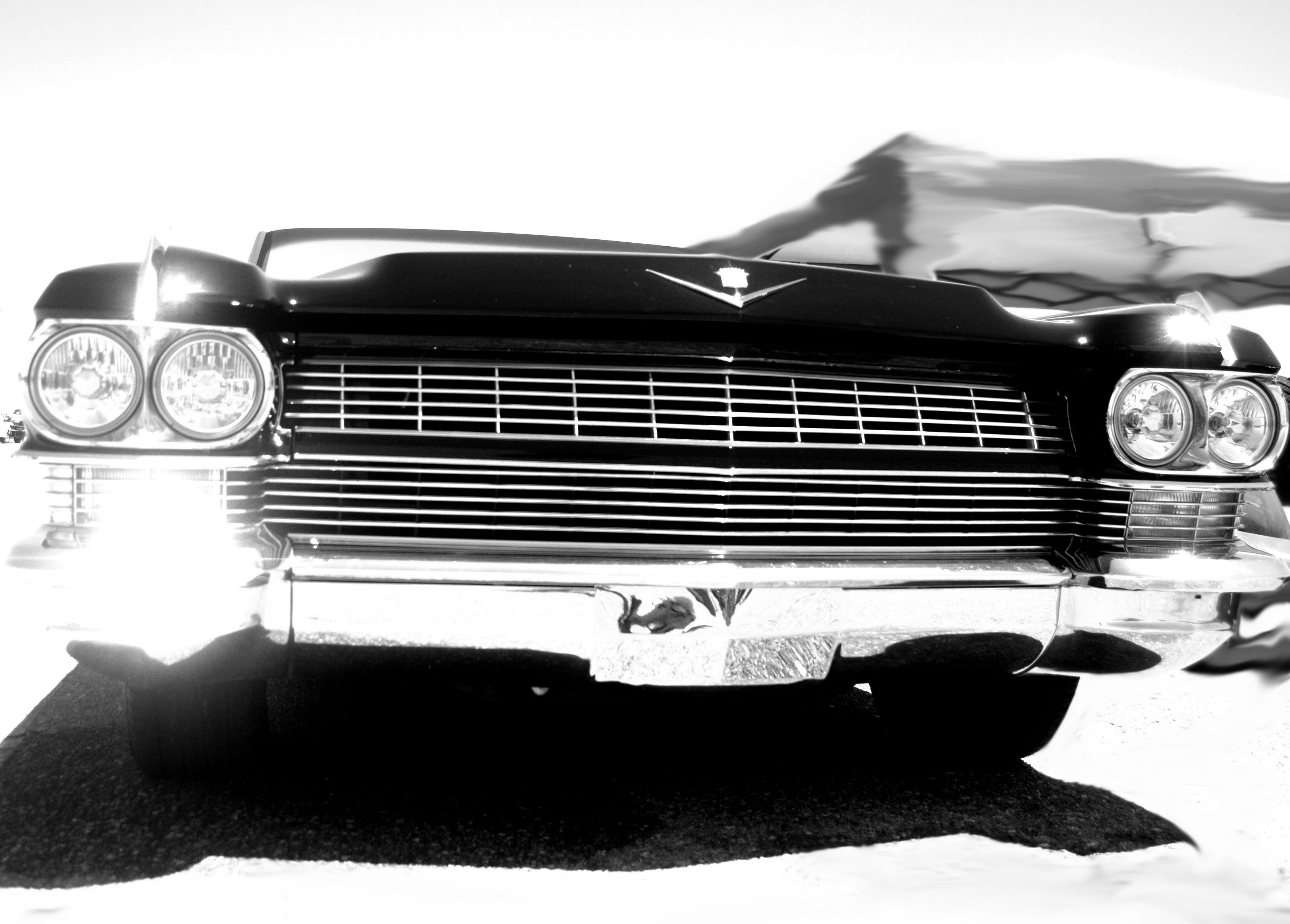Continuing with this series we’ll look at what Pontiac offered up in 1948 as a woody.
In a previous blog entry (Project Pontiac 1949 Silver Streak Delivery Van http://wp.me/pKHNM-Bx) I gave you a look at a Silver Streak owned by a co-worker.

1949 Silver Streak
Well one year earlier Pontiac offered the Silver Streak as a woody.

Side view...love the big fenders.

That is a lot of wood on that woody.
These were low production cars with most being build on the 6 cylinder chassis.

1948 Pontiac 6 cylinder power plant
These were the most commonly used power plants mated with an Automatic Hydra-Matic transmission. It spec’d out as follows:
Cubic Inch Horse power 1bbl carb
| 239.2 | 93 (68.45) @ 3400 | Carter WA-1 (1) |
A very limited were built with 8 cylinders engines. Interesting enough these 8 cylinders were called “Silver Steak”. It boosted the specs:
Cubic Inch Horse power 2 bbl carb
| 248.9 cu in (4,079 cc) | 108.00 (79.5) @ 3700 | Carter WCD 630 (2) |
Total Pontiac production for that year was only 333,957 cars.
Thanks for reading.
Tim















